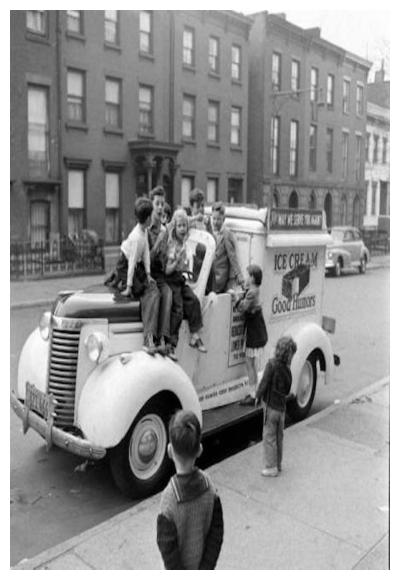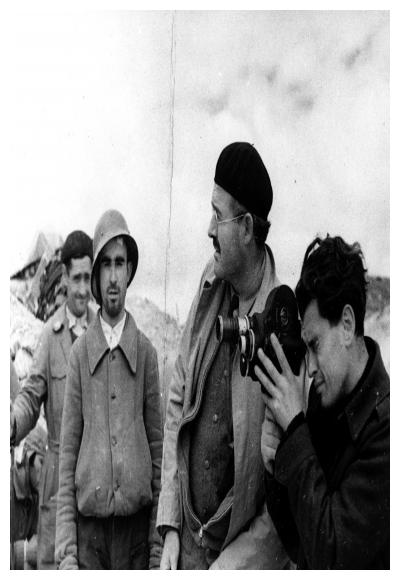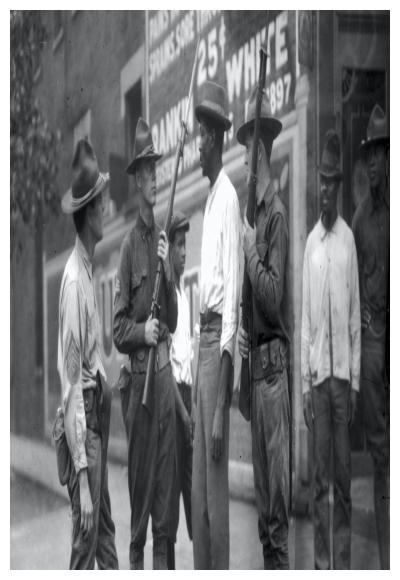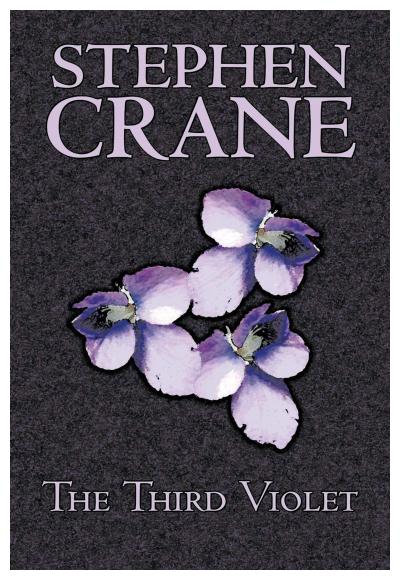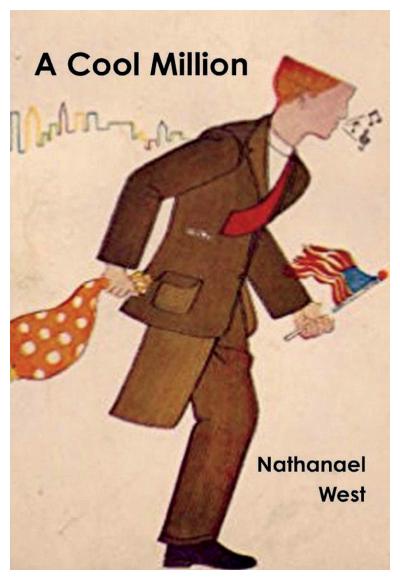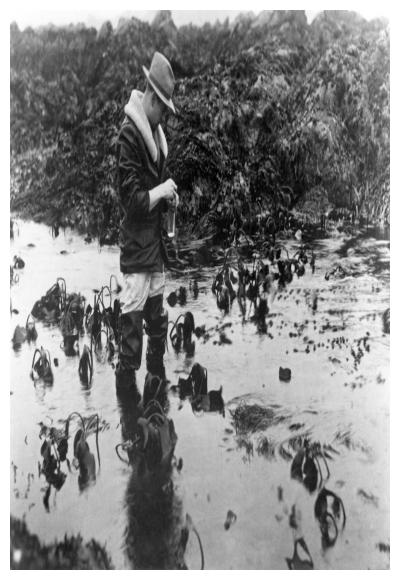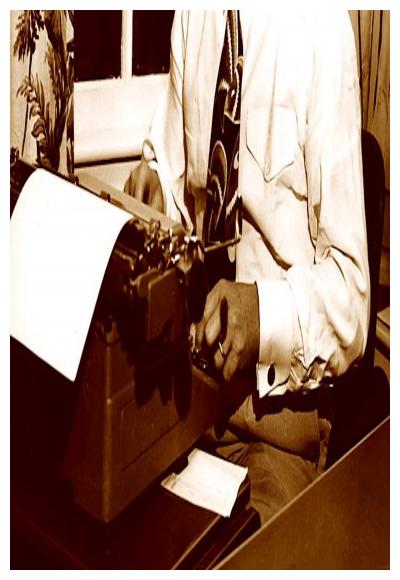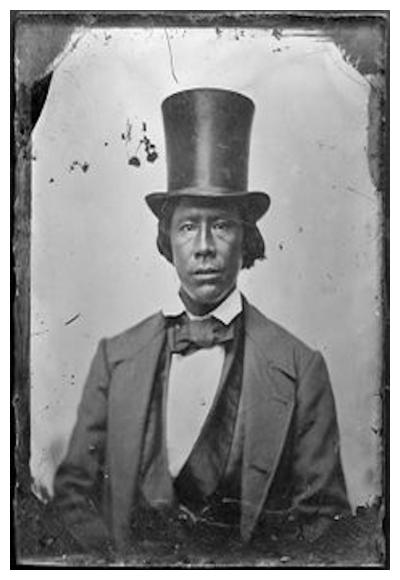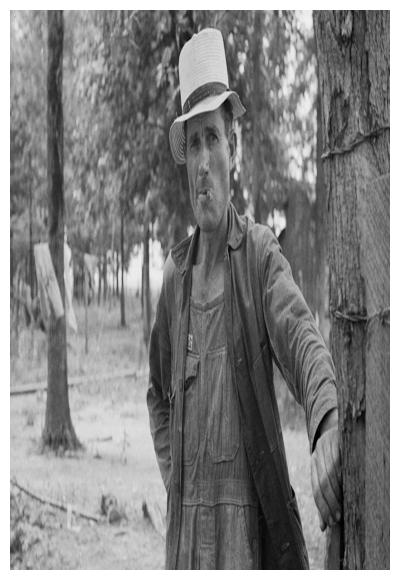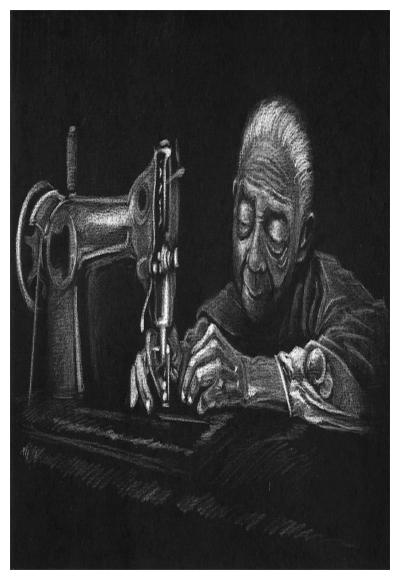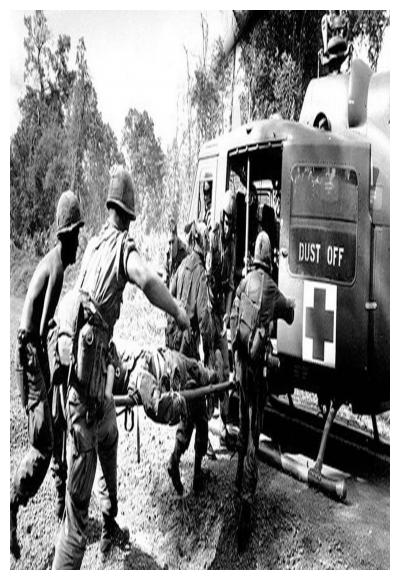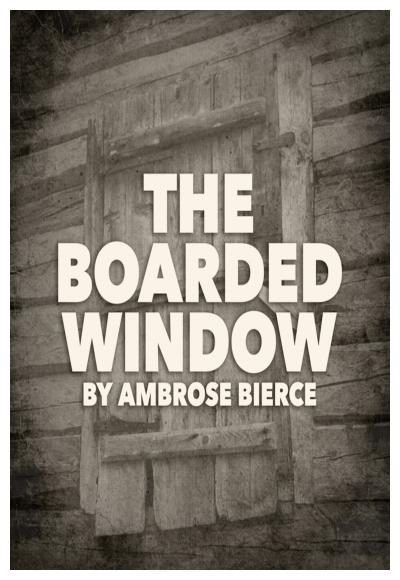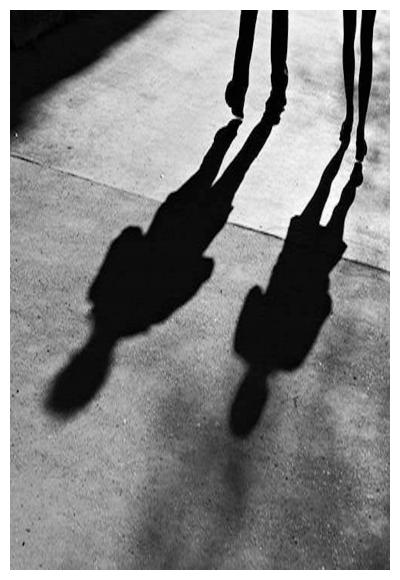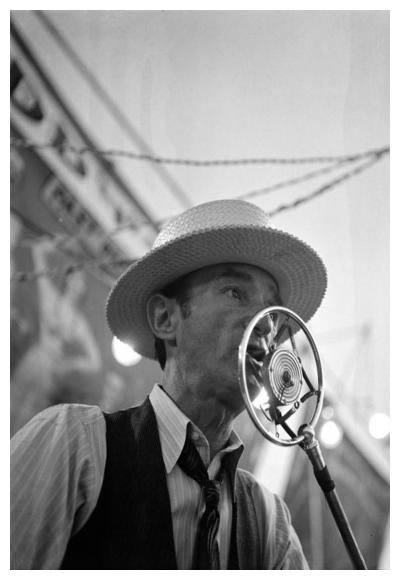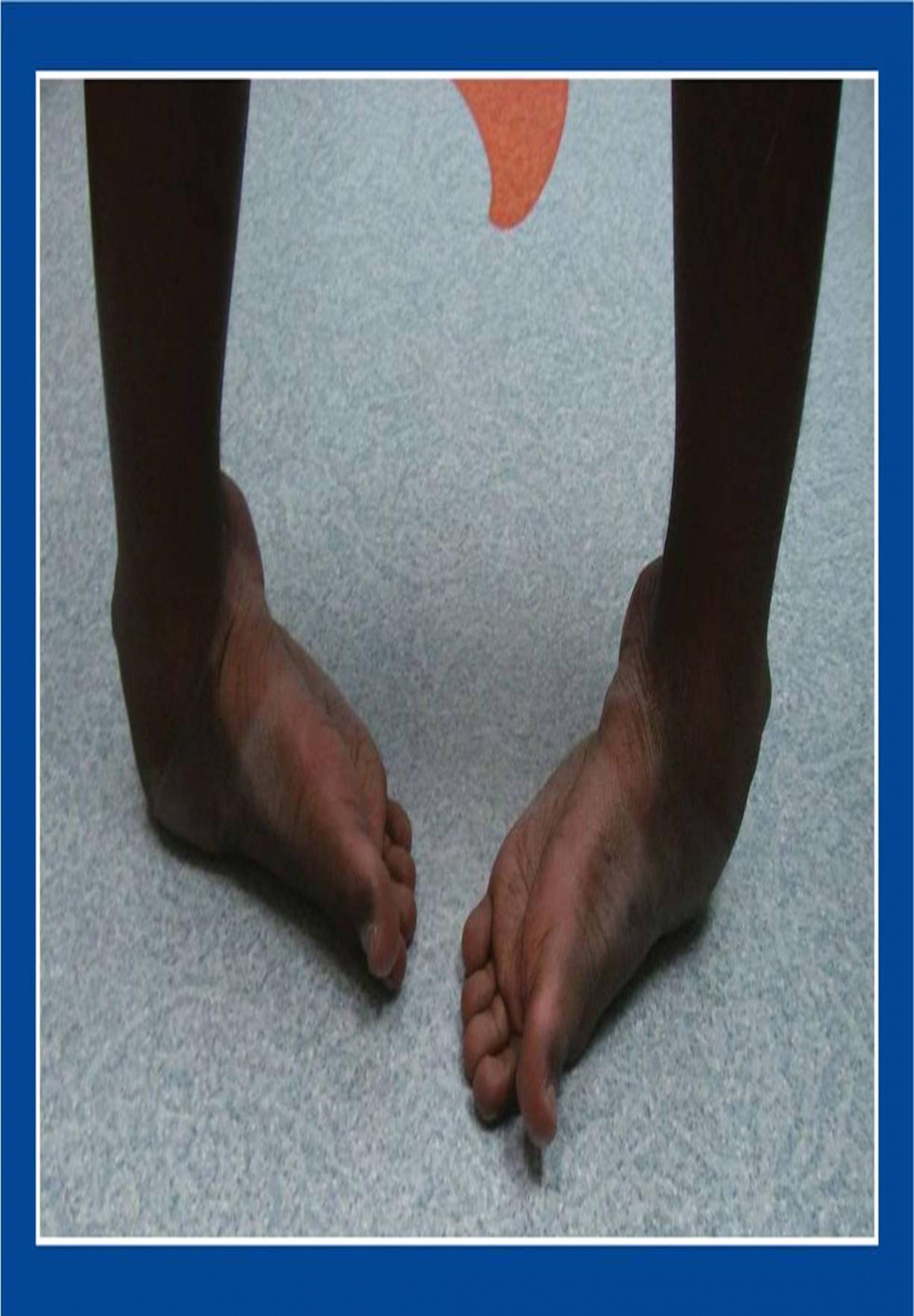
Synopsis/Details
The place is rural Mississippi, the time the early 1930s. Young Steve, a former circus sideshow-barker, has enlisted the help of the older Max in finding a small, clubfooted black man who used to be exhibited in the sideshow, in disguise, as “Keela, the Outcast Indian Maiden.” As a carnival freak, he was forced to behave savagely by killing live chickens onstage, sucking their blood, and then eating them raw. The owner of a nearby café, Max has brought Steve to the home of Little Lee Roy, who is indeed the man Steve seeks. The latter still feels bad about what happened, and, ever since, he has not been able to keep a job or stay in one place.
As Little Lee Roy looks on from a porch, Steve tells Max the disgusting details of the sideshow act and explains how Little Lee Roy was ill-treated by the circus—until a kind spectator exposed the fraud and rescued the victim from his degrading existence. During his testimony, Steve persistently refers to Little Lee Roy as “it”; unlike Max, he refuses to address Little Lee Roy directly; and, finally, he seems unable even to accept the reality that this black man before him is, indeed, the one who impersonated Keela. Nonetheless, Steve expresses guilt and regret over his role in Little Lee Roy’s exploitation, despite the fact that he persists in claiming ignorance: that he never knew the carnival freak was a normal man and not the feral beast displayed on the circus stage.
For his part, the simpleminded Little Lee Roy reacts to these reminders of his bizarre past with uncomprehending glee; he seems to have forgotten the pain and unpleasantness of his life with the circus and remembers it only as a colorful adventure. Steve, by contrast, cannot expiate his sin, and, in the end, has nothing to offer Little Lee Roy to compensate him for his brutal treatment (though Max himself does give the clubfooted black man some money).
After the white men’s departure, Little Lee Roy’s children return from their work in the fields, but they hush their father when he calmly (if not fondly) tries to tell them about the two visitors who came to talk to him about the old times in the circus. The ugly incidents appear to have left no scar on their simple victim; rather, it is the victimizer who suffers the inescapable burden of shame and culpability.
Story & Logistics
Story Type:
Hero's Journey
Story Situation:
Remorse
Story Conclusion:
Surprise Twist
Linear Structure:
Linear
Moral Affections:
Guilt, Penitence
Cast Size:
Several
Locations:
Single
Special Effects:
Minor cgi
Characters
Lead Role Ages:
Male Adult, Male Middle Aged, Male Young Adult
Hero Type:
Ordinary, Unfortunate
Villian Type:
Corrupted
Stock Character Types:
Fall guy
Advanced
Adaption:
Based on Existing Fiction
Subgenre:
Black/Dark, Gothic, Literary Adaption, Race Relations, Victim
Subculture:
Freak scene
Action Elements:
Physical Stunts
Equality & Diversity:
Diverse Cast, Race Relations Focused
Life Topics:
Quarterlife Crisis
Super Powers:
Physical or mental domination
Time Period:
Interwar period (1918–1939)
Country:
United States of America (USA)
Time of Year:
Summer
Illness Topics:
Psychological
Relationship Topics:
Abusive relationship, Repression
Writer Style:
Coen Brothers, Terry Gilliam

